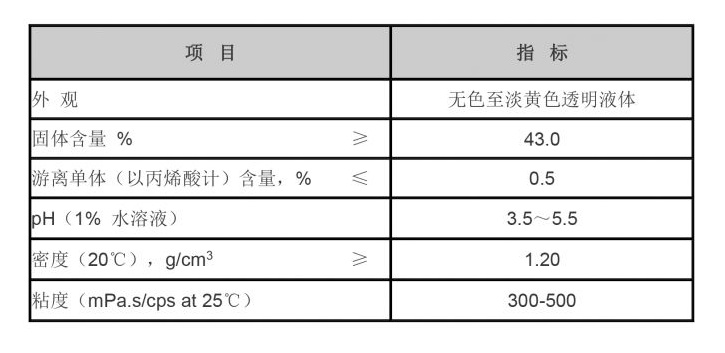polyaspartic acid structure
Understanding the Structure and Importance of Polyaspartic Acid
Polyaspartic acid, a synthetic polymer derived from aspartic acid, has gained attention in various fields due to its fascinating structure and properties. This polymer is characterized by a repeating unit of aspartic acid, which is an α-amino acid that plays a vital role in protein synthesis. The unique characteristics of polyaspartic acid make it valuable in applications ranging from biomedical engineering to sustainable materials.
Structural Overview
The molecular structure of polyaspartic acid is composed of a long chain of repeating aspartic acid units, which are connected through peptide bonds. This structure can be depicted as (-NH-CHR-COO-)n, where n represents the number of repeating units, R denotes the side chain specific to aspartic acid, and the amino group (-NH-) and carboxyl group (-COO-) contribute to the polymer’s chemical properties. The presence of carboxyl groups provides the polymer with a hydrophilic nature, enhancing its solubility in aqueous environments.
Polyaspartic acid can exist in different forms based on the degree of polymerization and the conditions under which it is synthesized. For instance, when polymerized, it can form a range of copolymers with other materials, leading to modified characteristics suitable for specific applications. Its structural diversity allows for flexibility in tailoring properties such as molecular weight, solubility, and mechanical strength.
Applications in Various Fields
1. Biomedical Engineering Polyaspartic acid's biocompatibility and biodegradability make it an ideal candidate for applications in drug delivery systems and tissue engineering. Its ability to form hydrogels allows for the encapsulation of therapeutic agents, enabling controlled release over time. Research has shown that polyaspartic acid can be used to create scaffolds for cell growth, promoting tissue regeneration.
2. Water Treatment The chelating properties of polyaspartic acid allow it to bind with metal ions, making it effective in water treatment processes. It can be employed to remove heavy metals from contaminated water sources, aiding in environmental cleanup efforts.
polyaspartic acid structure

3. Agricultural Use In agriculture, polyaspartic acid is utilized as a soil conditioner and fertilizer. Its ability to retain moisture and nutrients can enhance plant growth and soil health. Additionally, it can alleviate the effects of salinity in soil, making it beneficial for crop production in challenging conditions.
4. Coating and Adhesives Polyaspartic acid is also used in the formulation of coatings and adhesives. Its rapid curing time and resistance to UV degradation make it suitable for use in protective coatings for various surfaces, including metals and concrete. The properties of polyaspartic acid contribute to the durability and longevity of these materials.
Future Prospects
As researchers continue to explore the properties and applications of polyaspartic acid, the potential for new innovations is vast. The growing focus on sustainability and eco-friendly materials aligns with the characteristics of polyaspartic acid, positioning it as a favorable option in the development of biodegradable products.
Furthermore, advancements in polymer chemistry could lead to the design of more complex polyaspartic acid derivatives, opening doors to novel applications in nanotechnology and pharmacology. These developments may lead to improved drug formulations or the creation of smart materials that respond to environmental changes.
Conclusion
In summary, polyaspartic acid represents a remarkable class of polymers with a diverse range of applications. Its unique structural properties, combined with its biocompatibility and environmental benefits, position it as an important material in multiple sectors. As ongoing research unravels further capabilities, polyaspartic acid is likely to play an increasingly significant role in advancing technology and sustainability in the years to come.
-
Understanding Polycarboxylic Acids: Properties, Applications, and Future PotentialNewsJul.28,2025
-
Scale Inhibitor Explained: How to Protect Your System from Limescale and Hard Water DamageNewsJul.28,2025
-
Scale and Corrosion Inhibitors: Essential Chemicals for Industrial Water System ProtectionNewsJul.28,2025
-
Polyaspartic Acid: A Biodegradable Polymer for Sustainable ChemistryNewsJul.28,2025
-
Isothiazolinones: A Versatile Antimicrobial Class with Industrial Power and Regulatory ChallengesNewsJul.28,2025
-
A Deep Dive into 2-Phosphonobutane-1,2,4-Tricarboxylic Acid (PBTC)NewsJul.28,2025





